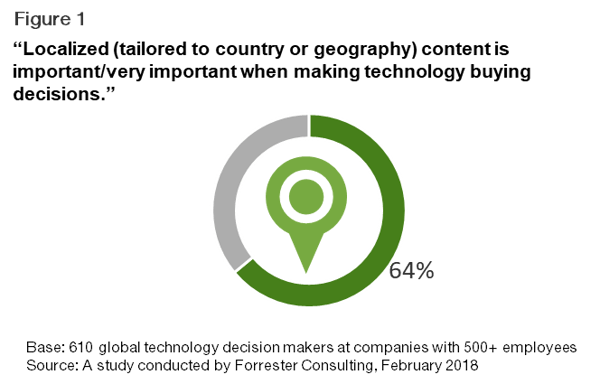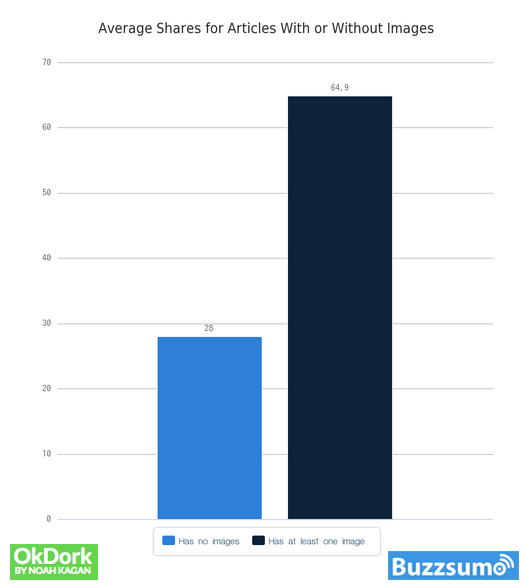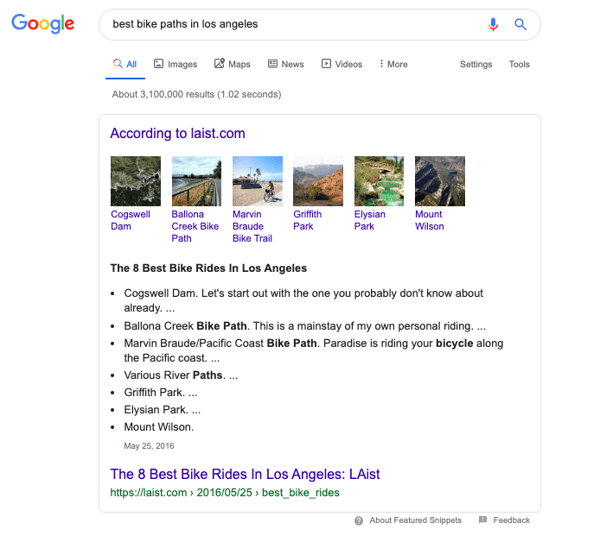Can content localization help you drive more traffic to your website?
Absolutely.
People increasingly expect content tailored to their unique locations, circumstances, and preferences, which makes publishing localized content a must for online businesses.
Google noticed this trend a long time ago and introduced the so-called "user localization update" back in 2015.
Since then, its algorithms take into account zip codes, geographic location, device types, and other factors, thus ensuring that the results are as localized as possible.
Chances are you're witnessing this algorithm at work every day when your results are influenced by your location (even on queries where you don't include a specific location).
If you're in Boston and looking for good pizza places, the results of the search will be quite different from the populated results after conducting the same search in Phoenix.
To cut a long story short, localization matters for SEO.
In this article, you'll read about how content localization can increase the traffic to your website—and what you can do to make it happen.
How Localization Increases Traffic
The main reason why localization matters for SEO is simple: it improves the quality of search results for users.
Since providing useful information is one of Google's major goals (as is the case for other search engines), leveraging localization to increase the relevancy of your content makes perfect sense.
Moreover, a lot of people have come to expect this from businesses. In fact, this Forrester Consulting research revealed that 64 percent of online buyers said they valued content that's specific to their country and geography when making their purchases.

Percentage of B2B technology buyers valuing localized content when making purchases.
Credit: Forrester Consulting
In addition to localizing content based on geographic location, people also expect online businesses to translate that content.
In fact, 75 percent of online shoppers don't buy from websites where a product description in their native language is unavailable.
If your business is marketing to target audiences in countries where English isn't the official language, publishing multiple versions of your website—or at least specific pages—is critical.
This also implies that you'll have to do keyword research and optimization in that language, too, as a simple translation of keywords is not a good strategy to drive qualified traffic.
In sum, if Google recognizes that your content meets the following requirements...
- High-quality, useful content for a specific target audience
- Content that has been localized for a specific country or area
- Content that has been translated into the intended audience's native language
...then you have good chances of driving a lot of traffic to your website.
Now, without further ado, let's talk about four ways to localize content to get those results!
1. Create locally relevant content.
Locally relevant content is content that has value for customers residing in a certain country, region, area, or city. While it should be available in the primary language of your target audience(s), making the topic "local" is imperative.
What does this mean exactly?
Let's suppose that you're running a bike shop in Los Angeles. Selling outside national borders is great, but if your target audience resides in the Greater Los Angeles Area, then your digital marketing strategy should incorporate creating content that's relevant to that specific locale.
For example, let's propose creating an article that meets the aforementioned three requirements. How about writing about the best bike paths in the area? This information should be used for your audience that includes bicycle owners who take frequent or occasional rides.
Adding original photos of these locations would be even more fantastic. Research shows that articles with visuals get shared much more frequently than those without.

Average shares of articles with and without images. Credit: OkDork and Buzzsumo
So far, we've met the requirement of quality and value for the reader (assuming the article is well-written, of course!)
Next, it's time to include information about the location in the title of the article—so that Google will recognize it as a sign of localized content.
Nice, we've got two points out of three so far.
Lastly, writing the article in the local language (in this case, English) completes the project in terms of essential content localization.
Done! By ensuring that your content meets these three essential requirements, you'll dramatically increase the chances that your article will pop up in Google results just like this.

Now that we’ve got the content optimization basics down, let’s move on to other localization techniques that improve visibility of your website.
2. Optimize content for local search engines.
Google reigns supreme in the English-speaking world, but if your organization is targeting certain foreign countries (like China or Russia, for example), then you must consider localizing for local search engines.
For example, the latest data from StatCounter suggests that Google's share of the Chinese search engine market is a ridiculously low 3.18 percent.

As you can see, the local search engine Baidu is an indisputable leader. In Russia, the most popular way to search the internet is still through Google; however, Yandex, the local competitor, has 45.16 percent of the market, according to StatCounter.
Of course, if your target market really is comprised of a country or countries where Google is rarely used, you should respect these differences by optimizing your content to meet the requirements of these search engines. Here are a few tips for optimizing content for Baidu.
3. Be aware of cultural differences.
Now, let's talk a bit more about how to create content that your target audience understands and considers relevant and appropriate.
For example, your visitors from the U.S. and China may interpret the meaning of your messages in different ways, even despite your best efforts to avoid that.
To ensure cultural appropriateness and relevance of content, you should consider consulting with native speakers or hire bilingual content creators from a company like TheWordPoint, who have experience in website, content, or even video game localization.
In many cases, there is ample room for making significant mistakes—and a single mistake in translation can render the meaning of your message entirely changed (and potentially to something offensive!).
One of the best all-time examples of poor localization of content is Braniff Airlines' slogan "Fly in Leather." The company used it to enter the Mexican market and didn't realize that to many local customers, the translation "Vuela en Cuero" meant "Fly naked" in slang.
So the takeaway here is that understanding the culture of the people you're targeting is a critical requirement. The best way is to leverage the skill sets of native speakers, so consider this when hiring an editor to take a look at your content.
4. Identify translated pages with "hreflang" tags.
Hreflang tags are necessary to show Google and other search engines that a specific page on your website has been translated into a different language.
For example, if your website has multiple versions of a page tailored to different languages, you should indicate that with hreflang tags, and Google will guide the users to the appropriate page.
According to Google's official guidelines on using hreflang tags, one way to indicate an alternate page is to add the following HTML code to the header:
<link rel="alternate" hreflang="language code" href="https://example.com/alternate-page" />
As a result, you'll help search engines serve up your site in the native language of the respective visitor, which undoubtedly improves their experience.
Often, this leads to reducing the bounce rate and increasing the time spent on the page and website. Both of these have a strong impact on ranking and SEO.
Be especially cautious when creating hreflang tags: if you write them the wrong way, it becomes nearly impossible for search engines to index your website.
Wrapping Up
Localization matters for SEO. As you can see, you don't have to be an SEO expert with technical knowledge to meet many of the requirements, but using the assistance of specialists is often necessary, too.
You'll need to make localization a big part of your digital marketing strategy, which should increase the visibility of your website in both domestic and foreign markets.
Hopefully, this article helped you to understand how important it is to localize content to drive traffic and improve conversions.
Don't settle for basic localization—familiarize yourself with Google's guidelines, and stay updated!















